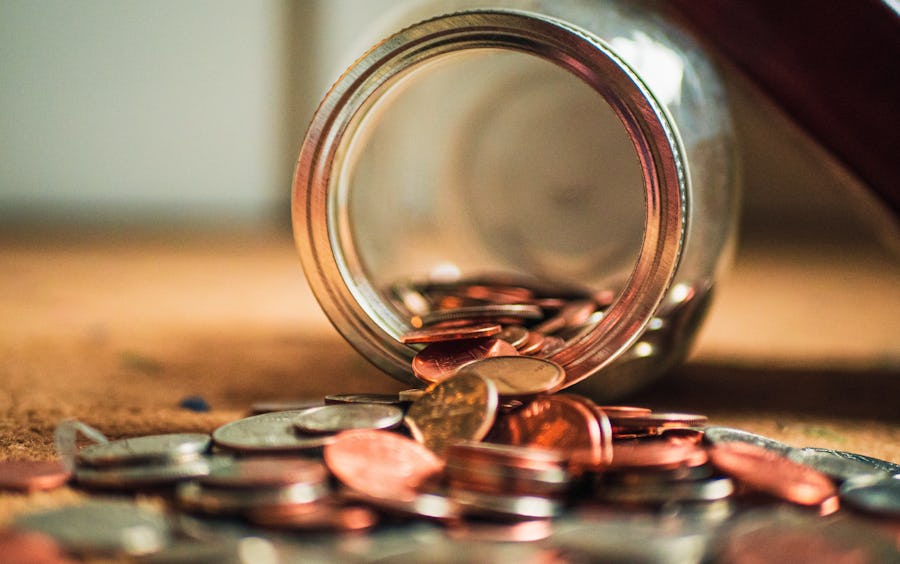A 20 percent down payment has traditionally been considered standard, but in this day and age there are plenty of options for those who are looking to put a smaller amount of money down. We’ve broken down a few of the key options below.
Low Down Payment
Paying less than 5 percent of the home’s price in cash and borrowing the rest would be considered a low down payment. VA and USDA loans have low down payment options, and some conventional financing options require down payments as low as 3 percent. Depending on your loan type, you may have to pay Private Mortgage Insurance (PMI) as an additional cost to your mortgage when you put down less than 20 percent.
10% Down Payment
Most lenders look at your down payment in increments of 5 percent. That means if you have enough put to put 8 percent down, you may be better off waiting until you can hit the 10 percent mark. This could lead to additional savings in terms of interest and loan costs. You will still likely have to pay for PMI if you put 10 percent down.
20% Down Payment
When you pay 20 percent or more towards your down payment, you’ve invested enough of your own money into the home that lenders trust your stake in the property and do not require PMI. If you are able to put down more than 20 percent, that increases your equity and future borrowing power.
While it’s great if you are able to save up 20 percent or more for a down payment, with the loan options available now, you can get a loan with comparatively very little money down. If you’re interested in learning more about financing for a home, check out our What Can I Afford When Buying a Home blog post now!





